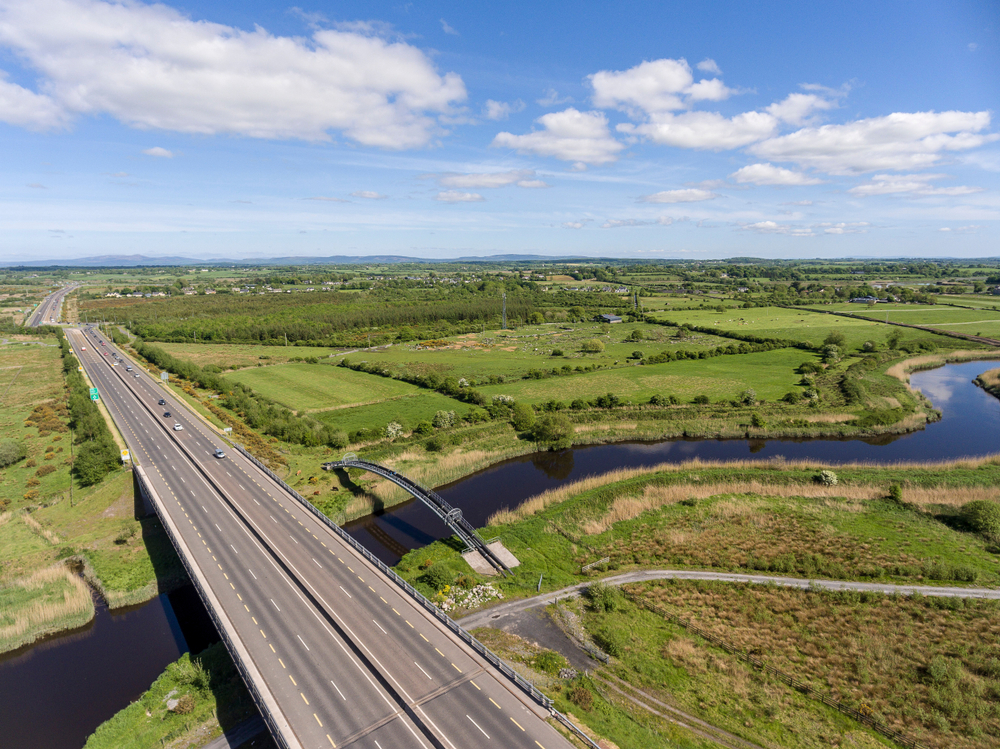
A new report from TRIP, a national transportation research nonprofit in Washington, D.C., estimates that rural roads and bridges face a backlog of improvements, but could see a decrease in funding due to the COVID-19 outbreak.
The report, “Rural Connections: Challenges and Opportunities in America’s Heartland,” looks at the condition and safety of U.S. rural roads and bridges. According to the report, the rural road transportation system faces a $211 billion backlog in needed improvements to improve deficiency, reduce crash and fatality rates, and correct inadequate connectivity and capacity.
But, at the same time, the report finds, states and local governments face a $50 billion loss in revenue from decreased travel due to the COVID-19 pandemic, an estimated 30 percent reduction in revenue over the next 18 months.
The report ranked Rhode Island as the state with the largest percentage of rural roads in poor conditions and the most rural bridges in poor condition. Oklahoma, Hawaii, West Virginia, and New Mexico rounded out the top five states with the most rural roads in poor condition. West Virginia, Iowa, South Dakota, and Pennsylvania rounded out the top five states with the largest percentage of rural bridges in poor condition.
According to the report, South Carolina had more than three times the number of accidents on rural roads than it did on all other roads. The state had 3.44 traffic fatalities per 100 million vehicle miles traveled on rural roads compared to 1.12 vehicle miles traveled on all other roads.
According to the report, traffic crashes and fatalities on rural non-Interstate roads are double what they are on all other roads. In 201, the report said, non-interstate rural roads had a traffic fatality rate of two deaths for every 100 million vehicle miles traveled, compared to .88 death per 100 million vehicle miles travel on all other roads. Narrow lanes, limited shoulders, sharp curves, pavement drop-offs, steep slopes, and limited clear zones alongside roadways were causes for the high fatality rate, the report said.
“This report reinforces what many rural Americans already know – our country’s rural infrastructure is crumbling. The competitiveness of our farmers and ranchers relies on an aging network of roads, bridges, waterways, and railways that need an immediate infusion of investment dollars,” said Todd Van Hoose, president and CEO of the Farm Credit Council. “That’s why we have partnered with more than 250 national, state, and local organizations through the Rebuild Rural Coalition. Previous funding opportunities have overlooked our rural infrastructure in the past. We must invest in the transportation network that drives the base of our economy. We must invest in all aspects of rural infrastructure. And we must do it before we lose our competitive advantage.”